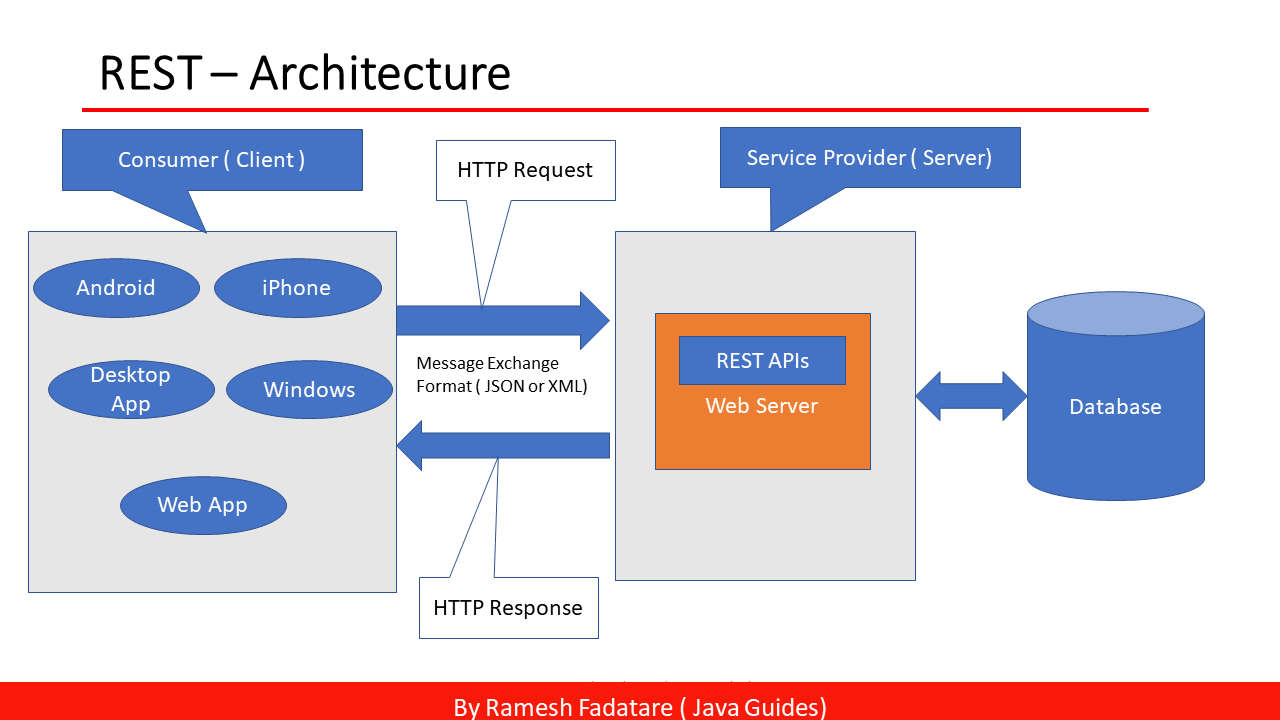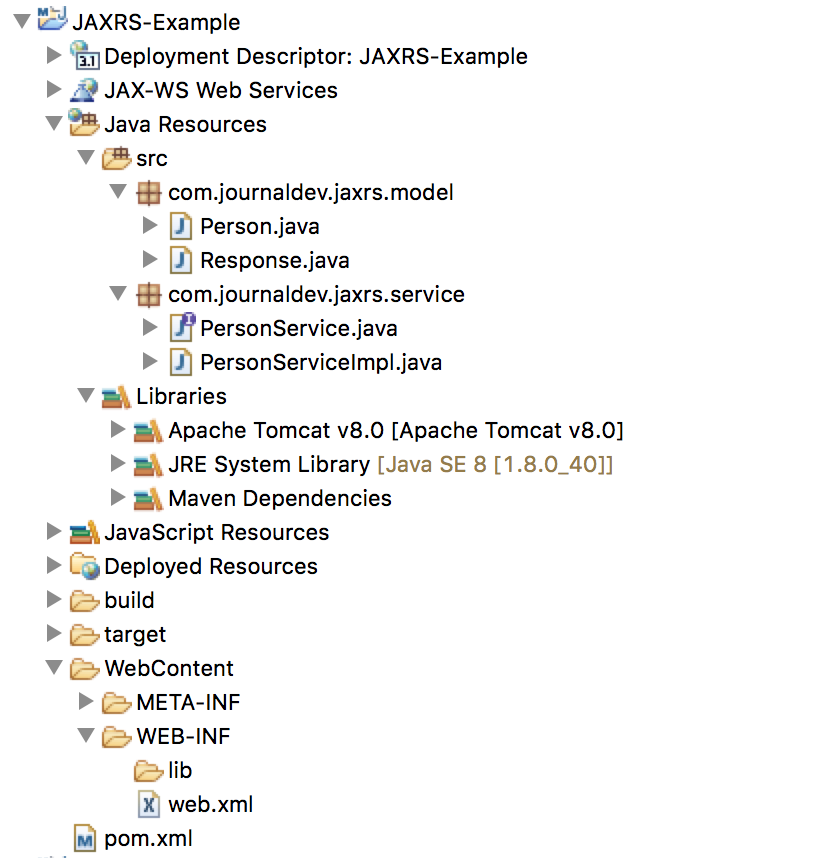Java REST API tutorial
Java REST API tutorial
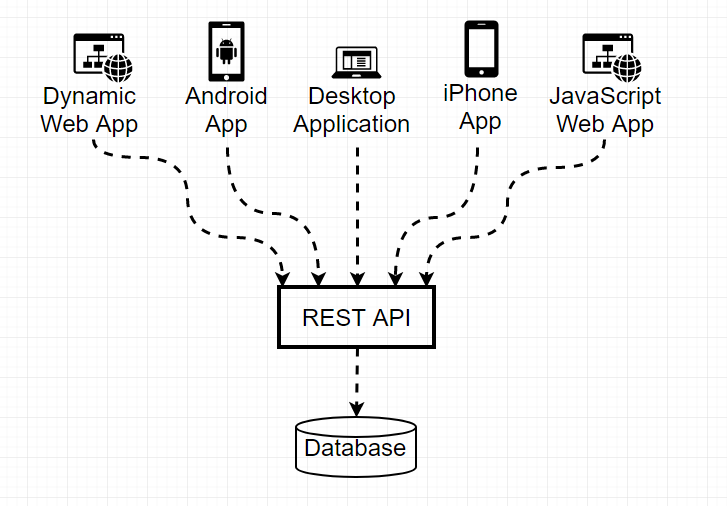
I'm glad you asked! Here's a comprehensive guide on building a Java REST API using Spring Boot.
What is RESTful API?
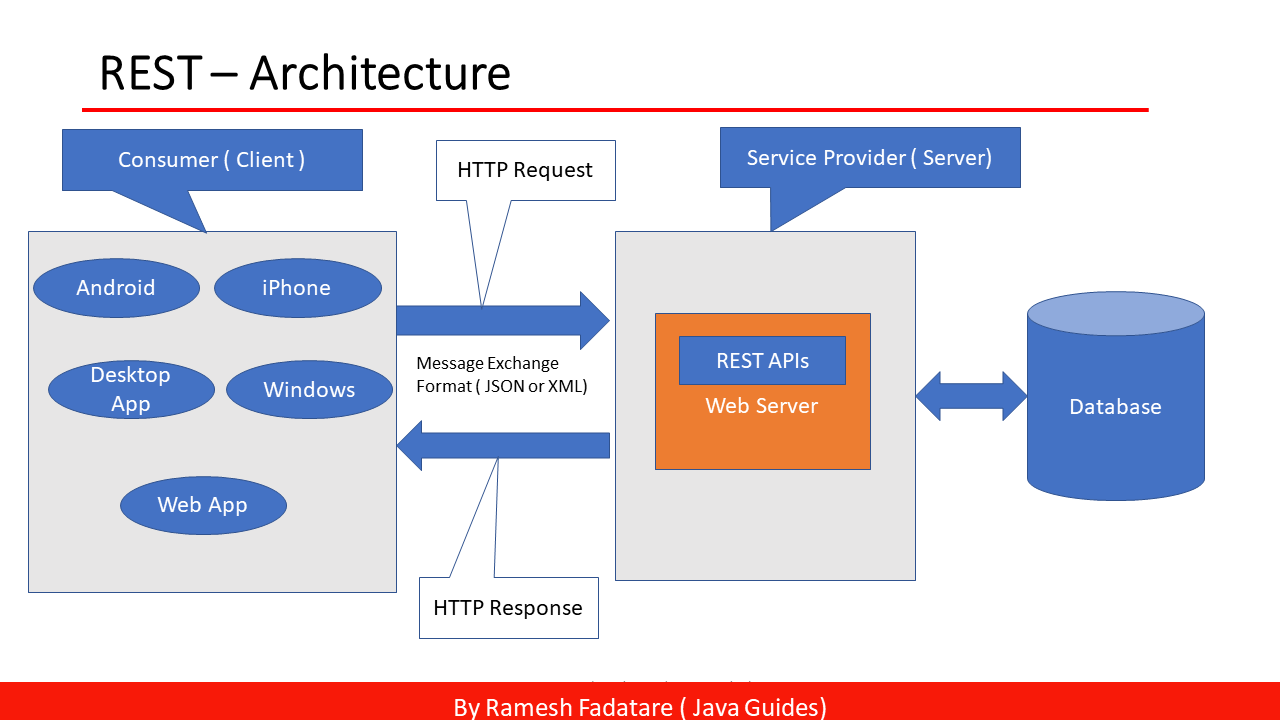
REST (Representational State of Resource) is an architectural style for designing networked applications. It's based on the idea that resources are identified by URIs, and clients interact with them using HTTP methods like GET, POST, PUT, and DELETE. This style emphasizes simplicity, scalability, and flexibility.
Prerequisites
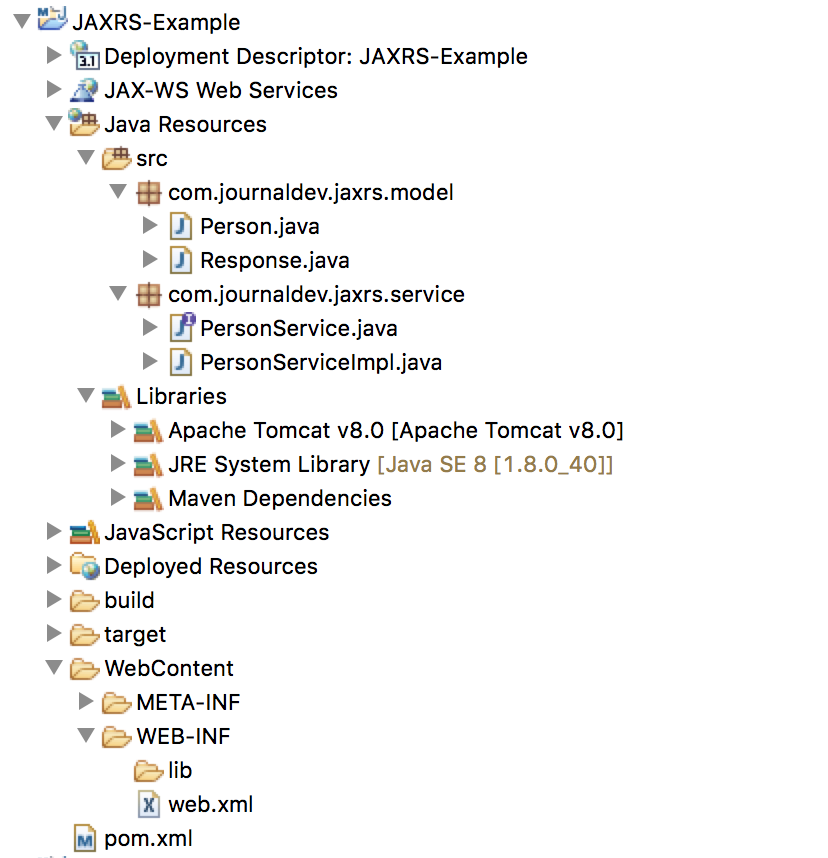
Before we dive into the tutorial, make sure you have:
Java 8 or higher installed (I'll be using Java 11). Spring Boot initialized with a new project. A code editor or IDE (Eclipse, IntelliJ IDEA, etc.) to write and manage your code.Step-by-Step Guide
Let's create a simple REST API that manages books:
Create a new Spring Boot project: Open your preferred code editor and create a new Spring Boot project using thespring-boot-starter-web dependency. Define the Book entity: Create a Book.java class to represent a book:
public class Book {
private Long id;
private String title;
private String author;
// getters and setters
}
BookRepository.java):
public interface BookRepository {
List getAllBooks();
Book getBookById(Long id);
void saveBook(Book book);
void deleteBook(Long id);
}
BookRepository, using an in-memory data store (e.g., HashMap) for simplicity:
@Service
public class BookRepositoryImpl implements BookRepository {
private Map<Long, Book> books = new HashMap<>();
@Override
public List getAllBooks() {
return new ArrayList<>(books.values());
}
@Override
public Book getBookById(Long id) {
return books.get(id);
}
@Override
public void saveBook(Book book) {
books.put(book.getId(), book);
}
@Override
public void deleteBook(Long id) {
books.remove(id);
}
}
BookController.java):
@RestController
@RequestMapping("/api/books")
public class BookController {
private final BookRepository bookRepository;
public BookController(BookRepository bookRepository) {
this.bookRepository = bookRepository;
}
@GetMapping
public List getAllBooks() {
return bookRepository.getAllBooks();
}
@GetMapping("/{id}")
public Book getBookById(@PathVariable Long id) {
return bookRepository.getBookById(id);
}
@PostMapping
public void saveBook(@RequestBody Book book) {
bookRepository.saveBook(book);
}
@DeleteMapping("/{id}")
public void deleteBook(@PathVariable Long id) {
bookRepository.deleteBook(id);
}
}
application.properties file, add:
spring.datasource.url=jdbc:hsqldb:mem:bookstore
spring.datasource.username=sa
spring.datasource.password=
This sets up an in-memory database (HSQLDB) for our API.
Run the application: Start your Spring Boot application usingmvn spring-boot:run or by creating a run configuration in your IDE. Test the API: Use a tool like Postman or cURL to send requests and verify the API functionality: GET /api/books: Retrieves all books GET /api/books/{id}: Retrieves a book by ID POST /api/books: Creates a new book DELETE /api/books/{id}: Deletes a book
Conclusion
You've just built a simple Java REST API using Spring Boot! This is a solid foundation for more complex APIs. Remember to follow best practices, design principles, and coding standards for production-ready code.
What's next? Explore other features of Spring Boot, such as security, caching, or messaging. Or, tackle more advanced topics like distributed systems, microservices, or cloud-native architectures. Happy building!
restful web services example in java
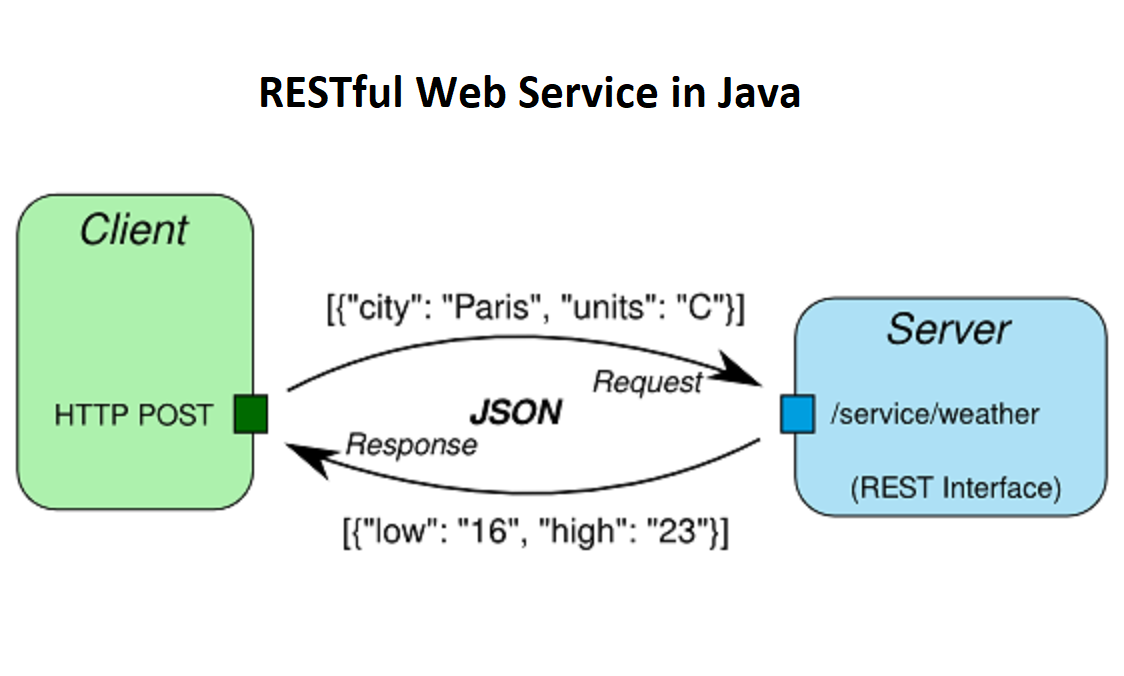
Here's an example of RESTful Web Services using Java:
What is RESTful Web Service?
REST (Representational State of Resource) is an architectural style for designing networked applications. It's based on the idea that every resource should be addressable, and it's easy to use HTTP operations like GET, POST, PUT, DELETE to manipulate those resources.
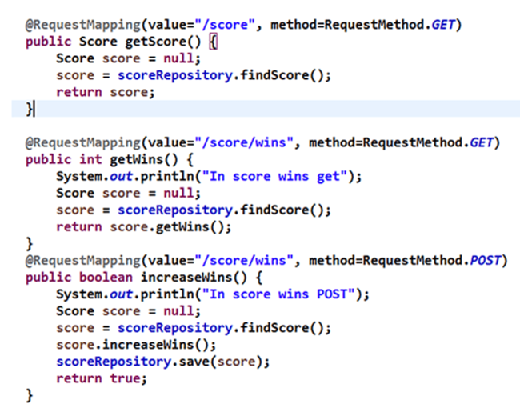
Java Example:
Let's create a simple RESTful Web Service using Java, Spring Framework, and Jersey (a Java framework for building RESTful web services).
Project Structure:
Create a new directory for your project, e.g., restful-web-service. Inside it, create the following packages:
com.example.restfulwebservices: main package com.example.restfulwebservices.model: POJO (Plain Old Java Object) classes com.example.restfulwebservices.resources: REST resource classes
POJO Classes:
Create a new package com.example.restfulwebservices.model and add two POJO classes:
Person.java:
package com.example.restfulwebservices.model;public class Person {
private String firstName;
private String lastName;
private int age;
public Person(String firstName, String lastName, int age) {
this.firstName = firstName;
this.lastName = lastName;
this.age = age;
}
// Getters and Setters
}
Address.java:
package com.example.restfulwebservices.model;public class Address {
private String street;
private String city;
private String state;
private int zip;
public Address(String street, String city, String state, int zip) {
this.street = street;
this.city = city;
this.state = state;
this.zip = zip;
}
// Getters and Setters
}
REST Resource Class:
Create a new package com.example.restfulwebservices.resources and add a REST resource class:
PersonResource.java:
package com.example.restfulwebservices.resources;import java.util.List;
import javax.ws.rs.Consumes;
import javax.ws.rs.GET;
import javax.ws.rs.POST;
import javax.ws.rs.Path;
import javax.ws.rs.Produces;
import javax.ws.rs.core.MediaType;
import com.example.restfulwebservices.model.Person;
@Path("/person")
public class PersonResource {
@GET
@Produces(MediaType.APPLICATION_JSON)
public List getAllPeople() {
// Return a list of people, e.g., from a database or file
return List.of(new Person("John", "Doe", 30),
new Person("Jane", "Smith", 25));
}
@POST
@Consumes(MediaType.APPLICATION_JSON)
public void addPerson(Person person) {
// Add the person to a database or file
}
}
Web Application Configuration:
Create a web.xml file in the root directory of your project:
web.xml:
<web-app xmlns="http://xmlns.jcp.org/xml/ns/javaee"
xmlns:xsi="http://www.w3.org/2001/XMLSchema-instance"
xsi:schemaLocation="http://xmlns.jcp.org/xml/ns/javaee
http://xmlns.jcp.org/xml/ns/javaee/web-app_3_1.xsd"
version="3.1">
jersey
com.sun.jersey.spi.container.servlet.ServletContainer
com.sun.jersey.config.property.packages
com.example.restfulwebservices.resources
jersey
/rest/*
Run the Application:
Create a WAR (Web ARchive) file and deploy it to your favorite servlet container, such as Apache Tomcat or Eclipse Jetty. You can then access the REST service using a tool like curl or a web browser:
curl example:
curl -X GET http://localhost:8080/rest/person
This should return a JSON response with a list of people. To add a new person, use POST:
curl -X POST -H "Content-Type: application/json" -d '{"firstName": "Alice", "lastName": "Johnson", "age": 28}' http://localhost:8080/rest/person
This is just the beginning of RESTful Web Services in Java. You can add more resources, methods, and features to create a robust web service.
References:
Jersey User Guide RESTful Web Services Tutorial Spring Framework Documentation